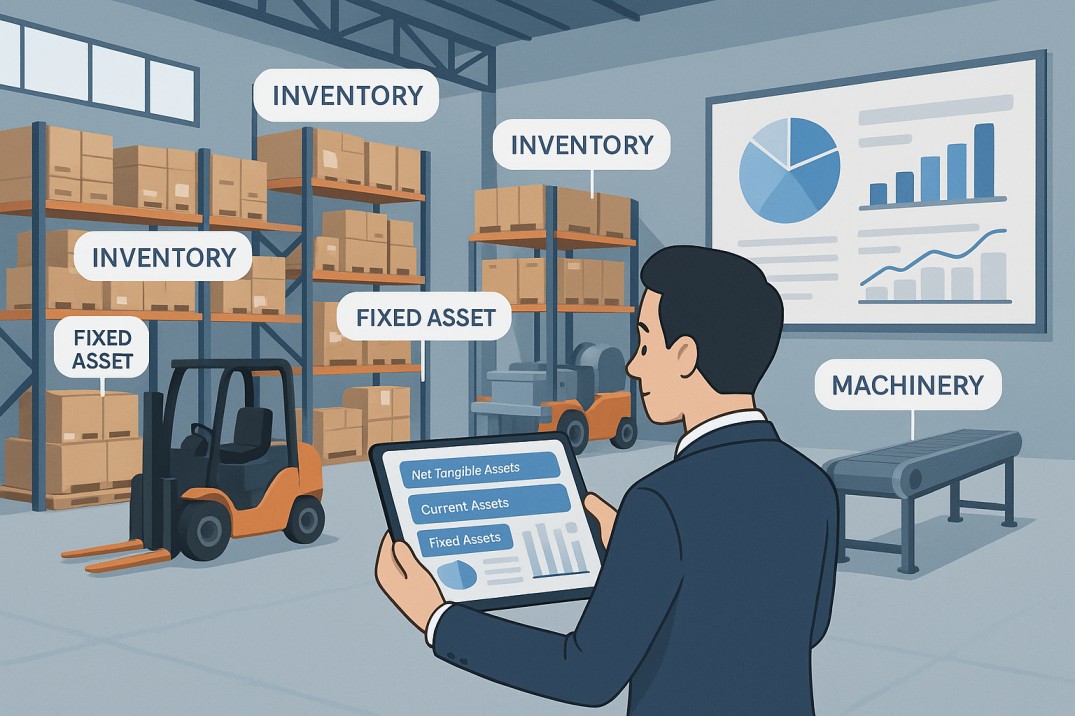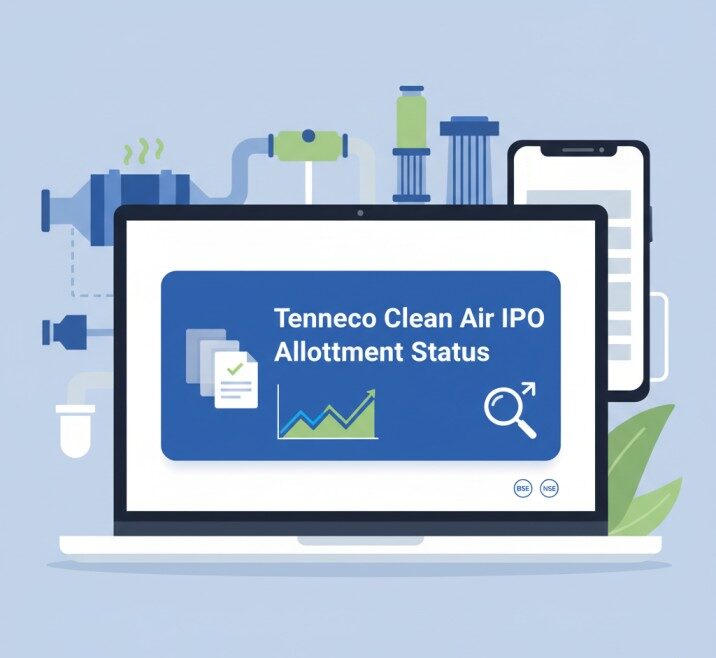
Mahindra XUV700 Facelift: Everything You Need to Know About the Upcoming SUV Upgrade
The Mahindra XUV700 facelift has become one of the most searched automotive topics in India, dominating Google Trends and sparking

To accurately measure and manage these tangible assets, your business must have a strong asset management strategy in place. Whether you’re a small enterprise or a large organization, effective asset management ensures financial clarity, reduces risk, and supports smart decision-making. In this blog, we’ll explore what net tangible assets are, their link to inventory, and why mastering asset management is essential to your business success.
Net tangible assets (NTA) represent the actual physical value of a business once all intangible assets and liabilities are subtracted. It gives a true picture of what the business owns that holds real, measurable value.
NTA = Total Assets – Intangible Assets – Liabilities
This includes:
Current assets like cash, accounts receivable, and inventory
Fixed assets such as machinery, vehicles, and land
Minus intangible assets like patents, copyrights, and brand goodwill
For any company, especially those with large inventories or equipment-heavy operations, net tangible assets help reveal financial stability and liquidity. They’re crucial for attracting investors, securing loans, and planning future growth.
Your business’s balance sheet offers a snapshot of its financial health. If your tangible assets are misrepresented—whether overstated or understated—your financial reports become unreliable. This can lead to:
Tax issues
Loan rejections
Poor investment decisions
Legal risks during audits
This is where asset management steps in. It ensures that all assets are correctly tracked, valued, and updated, providing the foundation for an accurate balance sheet.
Inventory is often the largest category of current assets on your balance sheet. Yet many businesses still manage their inventory manually or with outdated tools. Poor inventory tracking leads to ghost assets, shrinkage, and overstatement—directly impacting your net tangible assets.
An effective asset management system that includes inventory management enables you to:
Track every item in real-time
Identify lost or obsolete inventory
Maintain proper stock levels
Avoid over- or under-reporting
By aligning inventory systems with overall asset tracking, businesses ensure their inventory assets contribute accurately to net tangible assets.
Let’s face it—managing hundreds or thousands of assets manually is inefficient and error-prone. Businesses today need streamlined systems that make it easy to track, monitor, and report assets across departments and locations.
A reliable asset management system provides:
Centralized visibility of all assets (current and fixed)
Automated asset tagging and classification
Depreciation tracking
Alerts for maintenance, loss, or retirement
Better forecasting and budgeting
When integrated with accounting tools, asset management software ensures your balance sheets reflect the true value of your organization.
Inveck is designed to help businesses like yours take control of both fixed and inventory assets with one intelligent platform. Whether you’re tracking tools in a warehouse or managing a chain of retail stores, Inveck automates the verification and reporting process—making your job easier and more accurate.
With Inveck, you can:
Reduce manual entry errors and ghost assets
Access real-time inventory data on a mobile app
Generate audit-ready reports instantly
Classify tangible and intangible assets with ease
Improve net tangible asset accuracy with better data
This results in more confident financial decisions and stronger compliance during audits or regulatory reporting.
Poor asset records can result in hidden losses. Equipment that’s gone missing but is still on the books? That’s a ghost asset inflating your NTA. Untracked inventory shrinkage? That’s another red flag for investors and auditors.
Good asset management eliminates these gaps. It brings precision to your financial reporting, protects your business from regulatory risks, and unlocks opportunities for smarter investments.
When your asset data is accurate, so are your valuations—and that directly boosts business credibility and long-term value.
Net tangible assets aren’t just numbers on a spreadsheet—they represent the true, physical value of your business. And the only way to maintain that value is through strong, consistent asset management. From tracking inventory assets to monitoring equipment depreciation, every detail counts.
Whether you’re managing a few dozen assets or thousands, investing in proper asset management tools like Inveck will help you stay audit-ready, financially sound, and ready to scale.

The Mahindra XUV700 facelift has become one of the most searched automotive topics in India, dominating Google Trends and sparking

Tenneco Clean Air IPO allotment status is the most searched term this week as investors across India eagerly wait to